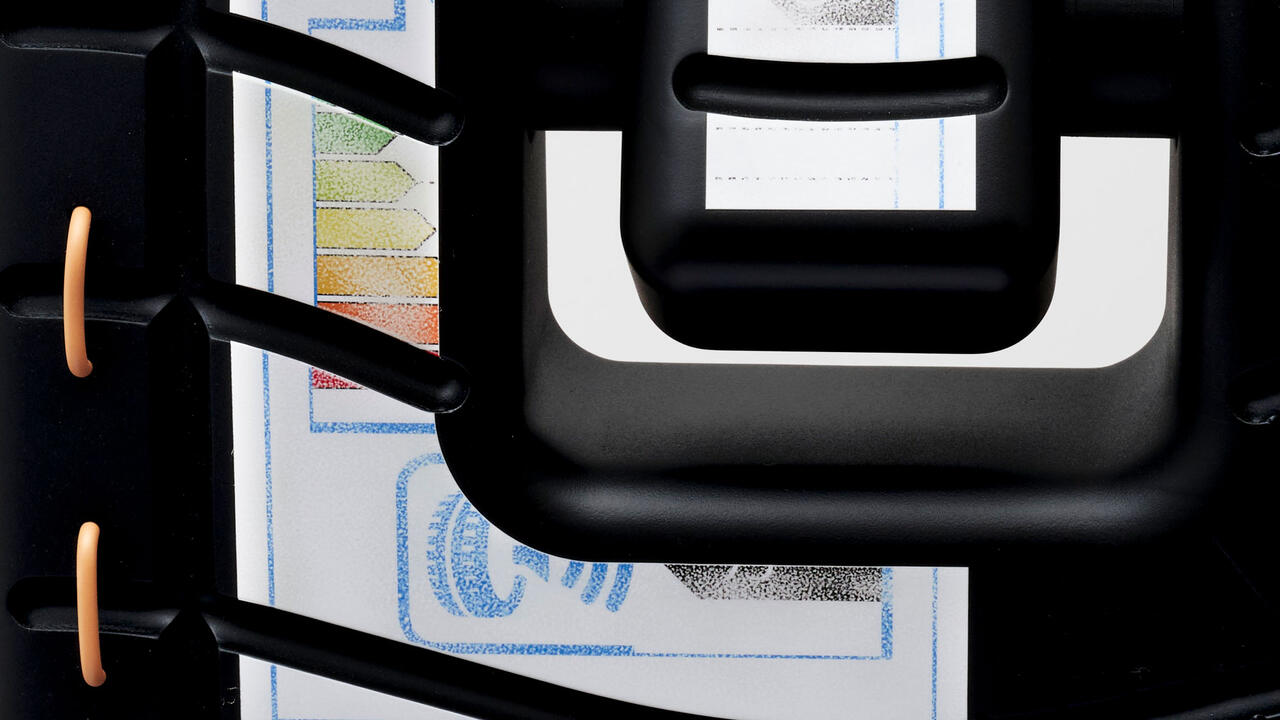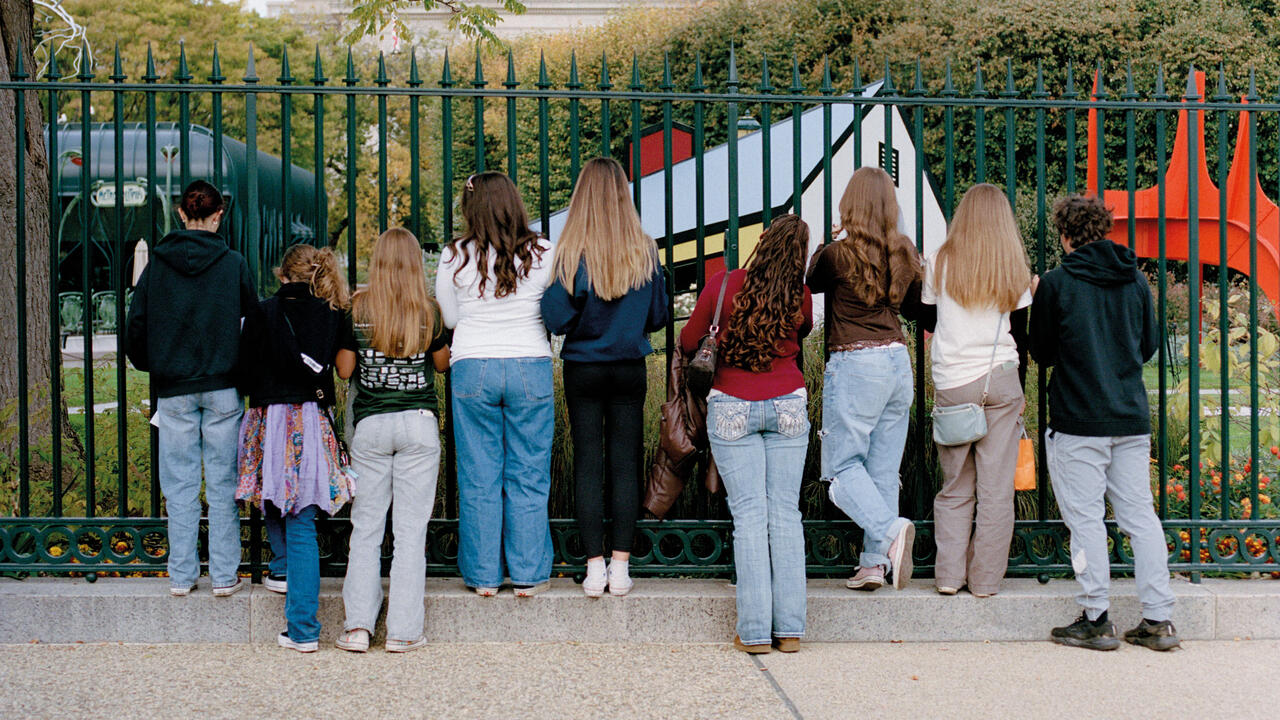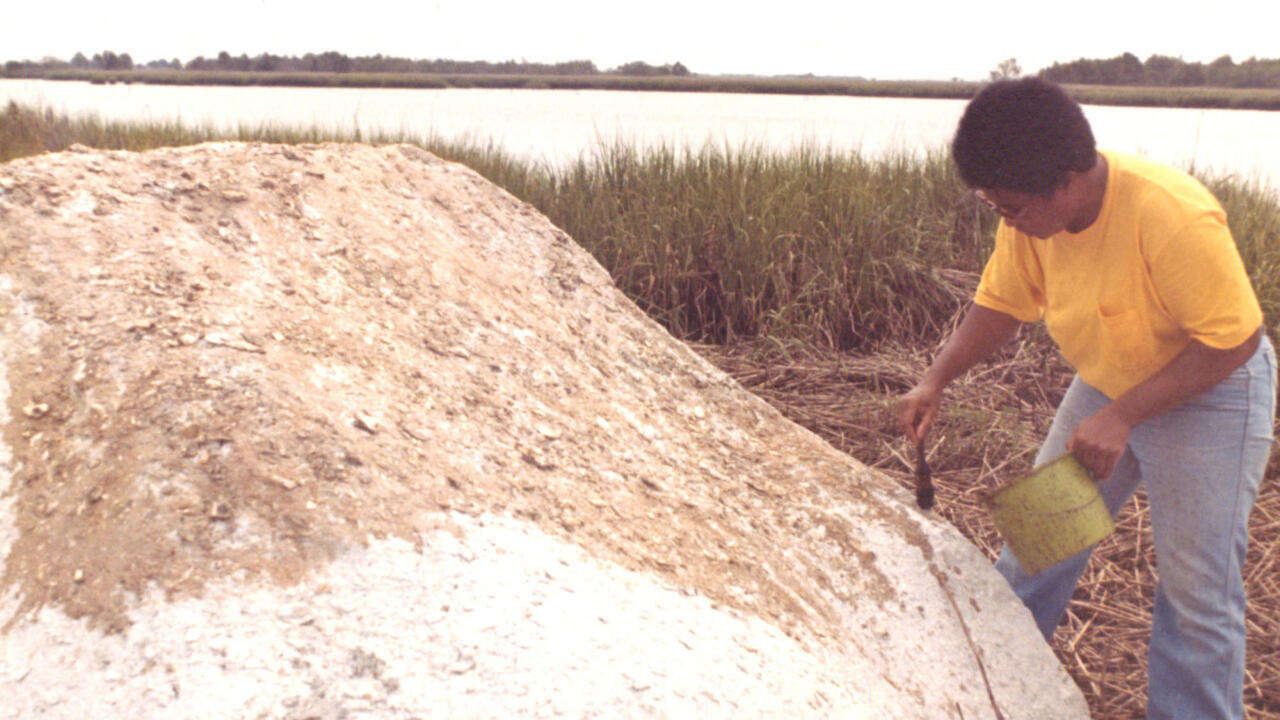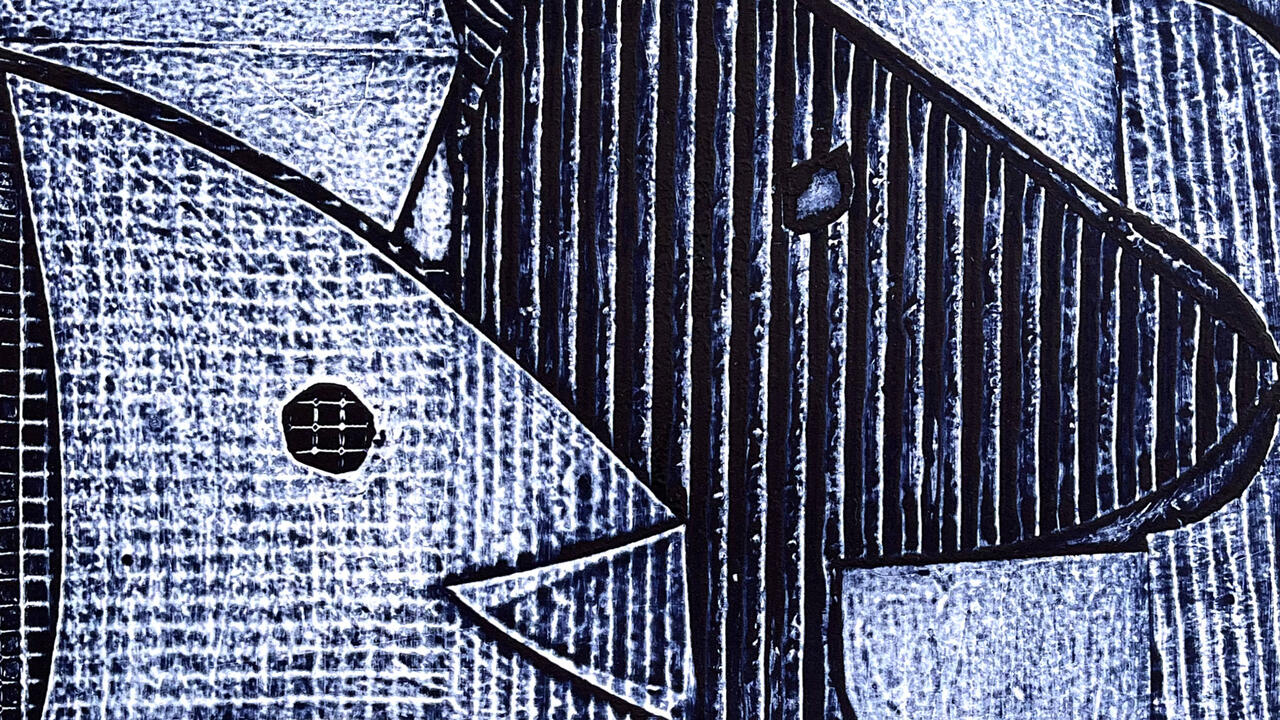The Future of the Experimental Music Festival
At this year’s Wysing Polyphonic, sonic explorations of cultural hybridity coincided with an expanded extra-musical programme – but to what end?
At this year’s Wysing Polyphonic, sonic explorations of cultural hybridity coincided with an expanded extra-musical programme – but to what end?

A recurring theme at this year’s Wysing Polyphonic music festival, held annually on the rural grounds of Wysing Arts Centre in Cambridgeshire, was the intersection of electronic and analogue sound – often in the form of sonic signifiers of diaspora cultures. Flora Yin-Wong’s performance was a standout in this regard: weaving together recordings of traditional Chinese instrumentation and classical music into a subtle ambient soundscape, she played her set elegantly backlit by kaleidoscopic imagery. AMRA – an audio-visual collaboration between multi-disciplinary artists Imran Perretta and Paul Purgas – anchored their performance, in part, around recordings of Om incantations, while Arabic darbuka drums were faintly discernible in the music of ZULI (Ahmed El Ghazoly), though they were largely overwhelmed by an outrageously thunderous wall of bass.
While these sonic explorations of cultural hybridity were particularly notable, so too were some of the festival’s extra-musical aspects. For the first time in the festival’s decade-long existence, Wysing held panel discussions as part of the day-long event. This echoes a wider tendency in recent years for festivals of experimental music to replicate formulas commonly found on the global art circuit, where curated panels, workshops, installations and exhibitions now often appear alongside music programmes assembled under the banner of some nebulous theme.

As far as Wysing goes, the film programme was a highlight, especially Aleksandra Domanović’s split-screen video 19:30 (2010), which counterposes mid-1990s television news idents from the former Yugoslavia with footage from raves of the same era to capture the cultural charge pervading central Europe in that period, and Lawrence Lek’s site-specific video Shiva’s Grotto (2015), which locates the gallery in a distant future. In any event, if as scholars often suggest, festivals have historically compensated for a lack of intensity in the everyday, I’d happily take Wysing’s film and talks programme as part of my temporary bohemia over the banal infantilism of fancy dress, bouncy castles and tug-of-war games on offer at larger music festivals.
During a panel discussion at Wysing on ‘Internet Magick’ chaired with typical erudition by critic Adam Harper, some strain was discernible in music’s intersection with other practices. Repeatedly apologising to participating artists Natalie Hyacinth, James Stringer and Jennifer Walshe, it seemed Harper instantly regretted some of his more bookish and far-reaching questions: there was one concerning the end of Enlightenment ideals of progress; another, the limitations of the internet. Some of the friction of translation is inevitable where music is asked to express itself in a mode of communication – theoretical language – not its own, but this scene nonetheless begs the larger question of why experimental and underground music festivals have been increasingly programming across media in recent years.

In Half a Million Strong (2018), Gina Arnold posits that rock festivals amount to consumption imagined as meaningful, and in this light, it’s hard to avoid the conclusion that a good deal of the talks, workshops and panels that increasingly fill music festival programmes are anything more than mere ‘political cosplay’. Of course, self-reflection is welcome in the music industry, which is rife with chauvinism and racism. But without audience preparation and reading, or any sustained engagement, meaningful change is implausible. In this regard, the Sonic Cyberfeminisms collective, who performed a DJ set at Wysing this year, has been exemplary in building a feminist practice through dialogues and events extending across a number of years, media and contexts.
Given curatorial initiatives responding to institutional critique in recent decades, art galleries and museums have extended their exhibition programmes to encompass events and process-based works. Yet, besides often-hollow gestures to ‘community building’, explicit political commitment is atypical in the experimental and underground music world and music institutions are still rarely confronted with the question of their usefulness. Perhaps this is down to music’s more immediate relation to everyday life: its commonplace proximity seems to have exempted it from the level of critique prevailing in the artworld.

Music’s place in everyday life has shifted in recent years, however, as live venues and nightclubs have been displaced by other modes of music consumption: as an endlessly streamed personal soundscape or as background noise in cafes and bars. In other words, music is receding ever-further in significance in relation to the activities it accompanies, festivals included. Following this logic, the evolution and expansion of the music festival programme might have as much to do with music’s fading from the foreground of daily life as it does with art-world trends or refined tastes for temporary escape.
Main image: Wysing Polyphonic x Somerset House Studios, 2019. Courtesy: Somerset House, London and Wysing Art Centre, Cambridge; photograph: Jay Parekh














